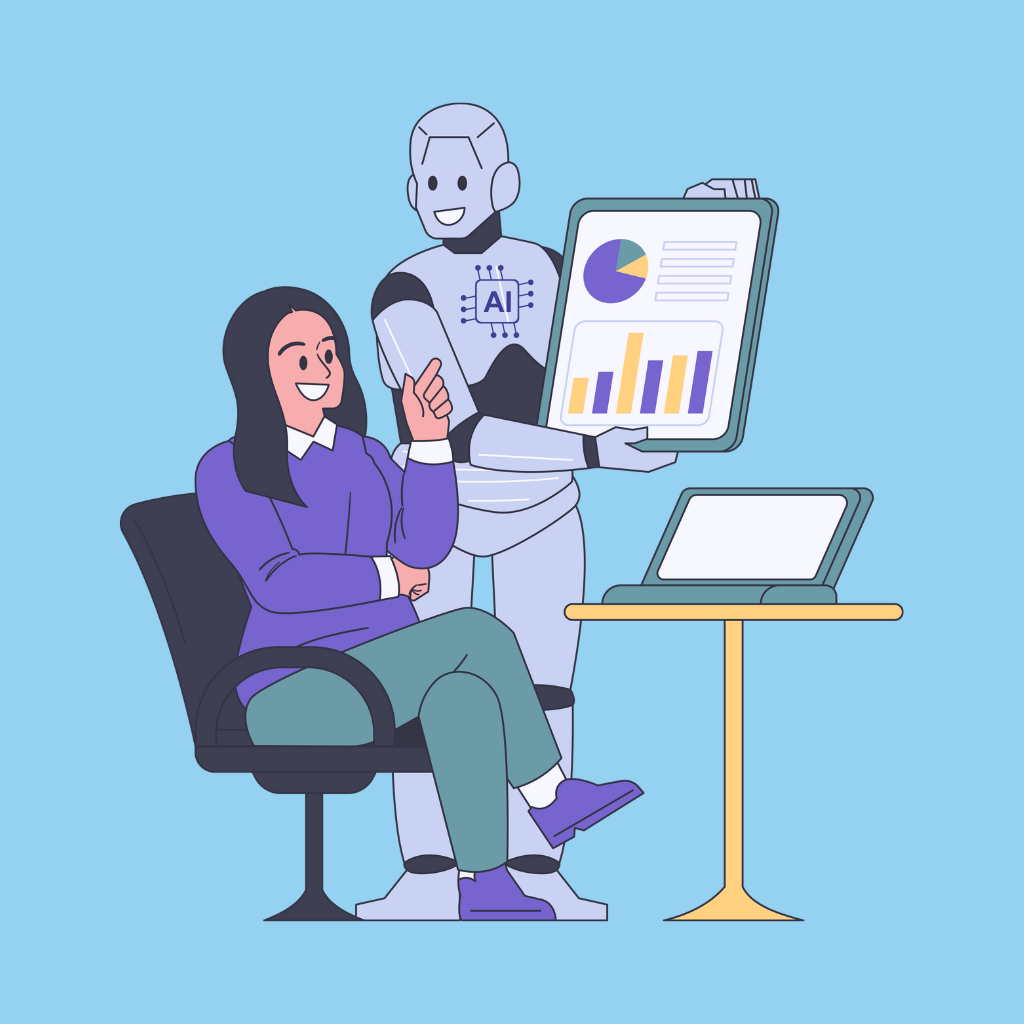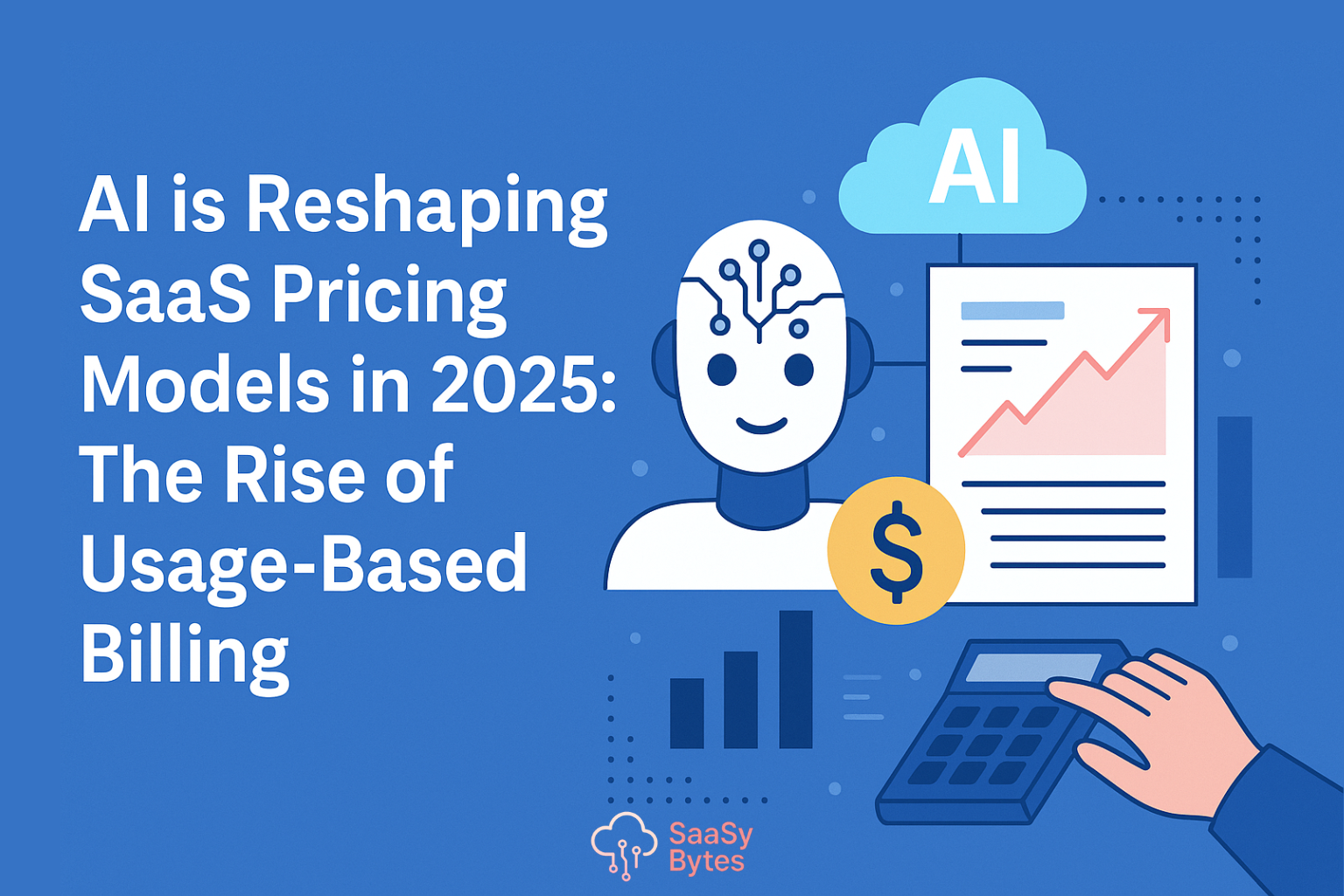The SaaS industry is undergoing a major pricing transformation in 2025—and artificial intelligence (AI) is the driving force behind it. As companies integrate AI features into their platforms, the traditional per-seat billing model is proving to be inefficient and outdated. Usage-based pricing is emerging as the preferred structure, aligning costs with real customer value. AI is now reshaping SaaS pricing models and it helps startups grow more.
Why Per-Seat Pricing is Fading
Per-seat or per-user pricing has been the industry standard for years. But as AI functionalities become more integral to SaaS offerings, companies are realizing that not every user consumes resources equally. AI tasks, especially those involving large language models or data processing, can require significant compute power—even if used by a single person.
For example, an AI writing assistant or analytics tool might be used intensively by one user, consuming 10x more infrastructure than a team member who only logs in occasionally. Under a seat-based model, pricing fails to reflect this disparity.
What is Usage-Based Pricing?
Usage-based pricing (UBP), also called consumption-based pricing, charges customers based on actual usage. This model is already common in cloud infrastructure (like AWS), but it’s now spreading rapidly across the SaaS landscape.
Key benefits of UBP:
- Scalable costs: Customers only pay for what they use.
- Better alignment with value: Pricing reflects utility.
- Lower barriers to entry: Small teams can try features without paying for every user.
AI is Fueling the Shift

As more SaaS products offer AI-powered features—such as real-time predictions, natural language processing, or automated workflows—the cost of delivering those services fluctuates dramatically. Usage-based pricing helps vendors manage backend expenses while offering customers more flexibility.
Companies like Vercel, Replit, and others are pioneers in this space. Replit, for example, offers AI coding tools that are compute-heavy. Rather than charge all users the same, they price based on tokens or execution time.
Challenges to Adoption
While usage-based pricing offers many benefits, it’s not without its hurdles:
- Complexity: Customers may find it harder to predict monthly costs.
- Onboarding education: Users need to understand what usage metrics matter.
- Billing infrastructure: SaaS companies must invest in real-time metering and analytics.
Despite these challenges, the industry trend is clear: AI-powered SaaS products demand smarter, more adaptive pricing models.
What This Means for Startups
If you’re building or subscribing to SaaS tools in 2025, expect to see more UBP structures, especially around AI features. For founders, it’s critical to:
- Monitor how your team actually uses tools
- Forecast and benchmark usage to manage costs
- Educate customers if you’re a vendor adopting this model
If you’re just starting out, explore these top free SaaS tools for startups in 2025 to stay lean while adopting smarter tools.
Final Thoughts
AI is not just changing what SaaS tools can do—it’s changing how they’re priced. As usage-based billing becomes the new standard, startups and users alike must adapt to a more dynamic, performance-driven SaaS economy.
To prepare for a changing landscape, learn how to choose the right SaaS stack that aligns with your product’s scale and usage.
